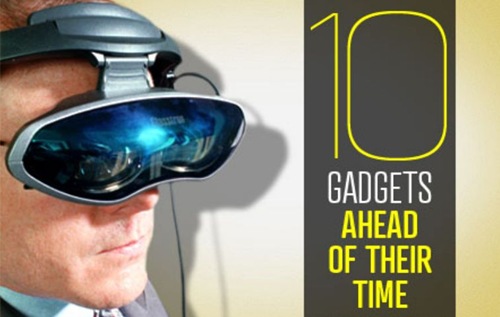
Everyone's a victim of bad timing sometimes. These gadgets brought revolutionary new features to the market. They just did it a little too soon.
1. PalmPilot
The idea of syncing your data from one device made its debut in 1997 with the PalmPilot, one of the first personal digital assistants. You could run apps for tracking your schedule, making notes, and organizing your business contacts. And long before the days of cloud computing and Wi-Fi networks, the PalmPilot had a unique feature where you could connect the device to your computer to sync all of your data. This worked exactly like Dropbox does today - except that there was no Internet syncing, the files were incredibly small, and none of this occurred automatically. To sync, you had to connect the PalmPilot physically, then start a software program to copy the data back and forth. Poor Palm was simply ahead of its time, as synching has become the way of today.
2. Apple MessagePad 2000/2100 (Newton)
Apple had one major public failure in its history (unless you count the recent debacle with the Apple Maps app): Apple Newton. Widely regarded as one of the worst computing devices ever, the original Newton was supposed to be like the modern iPad. You could jot down notes, and the Newton would "translate" them into text characters. The problem was in accurately converting the handwriting to text; Apple figured out how to make it work more reliably. But by the time the company had worked out many of the technology bugs, the Newton had already generated too much negative buzz to succeed.
Newton's handwriting feature came along a decade too soon. Today tablets like the Samsung Galaxy Note II use a pen interface, and the apps for converting text are fairly reliable. One of the best examples of character recognition is the Evernote Smart Notebook. You can write handwritten notes, snap a picture of the notes with your phone through the Evernote app, and convert the notes to text.
3. Polaroid Polavision
By the 1980s companies were releasing video cameras that could record straight to videocassette, which home-movie-shooting dads could then pop into the VCR for instant playback. But in the late 1970s Polaroid was ahead of the game with the Polavision, a kind of "video box" (the terminal looked suspiciously like a microfiche machine) that you could use to view video memories. But the closed system worked only with Polaroid cameras, and the video looked dark and was almost unwatchable. This analogue You(and only you)Tube was a just a little before its time.
4. DynaBook
This forward-thinking computer design seems prescient now. Alan Kay, considered one of the founding fathers of programming technology, developed this prototype in the late 1960s. The slate design had an LCD display and a full keyboard for typing. This was before anyone had invented a laptop or a tablet and decades before the Apple iPad took over the mobile computing market. Even though computers still filled up part of a building, the futuristic concept made sense: you could carry all of your work to a meeting on one simple device. Interestingly, while the DynaBook never really came to fruition (after all, it was only meant as a concept and not for mass production), the concept finally materialized just over the past few months with the Windows 8 operating system. Now having a laptop without a touchscreen seems quaint and old-fashioned.
5. Sony Glasstron
Head-mounted displays were all the rage back in the late '90s, when futurists said we'd all be strapping on virtual-reality gear and exploring alien landscapes in our spare time. The Sony Glasstron was one of the more promising gadgets from this era. There were two LCD screens, where you could watch television, which attached to a set-top box using standard RCA connections.
Being transported to another world is cool, but the industry has found better ways of making that happen. For one thing, the human brain doesn't like being completely cloistered inside a heads-up display. We easily lose our bearings, and a few of us even get sick. Instead, designers have started experimenting with entertainment pods like the Steelcase Living on Video. There's still a strong sense of immersion, but the pod does not completely obfuscate the outside world so our brains can take a break. Google Glass, a head-mounted display that is see-through, might address this problem when it ships next year.
6. MSN TV
I tested this digital set-top box nearly a decade ago. Microsoft sent me a light blue version that came with a QWERTY keyboard and a remote. You could connect to the Web and check your email, browse news and sports scores, and even watch Web videos. This was long before the days of HDMI, so the MSN TV connected using RCA cables, and the video quality was not exactly stellar. This was before prevalent home broadband and Wi-Fi routers, so the first models connected over your home-phone line. A later version, called MSN TV2, connected over your home network.
Unfortunately for MSN TV, the merger of Web and TV - which seemed inevitable at the dawn of the 2000s - didn't pan out the way we expected. Streaming shows and smart TVs are here. But Web browsing remains a "lean forward" activity that's best done with a tablet or laptop, while TV is a "lean back" activity, which helps to explain why for most of us the two experiences have not merged into a single device.
7. Sharp Actius RD3D Notebook
Movie makers are getting better about injecting 3D into movies without begin obnoxious. But back in 2004 you had to live with movies that still made a spectacle of objects bouncing toward the screen. (Who can forget Spy Kids 3-D: Game Over? Luckily, most of us can.) And the gadgets available for home-movie 3D viewing weren't doing anybody any favours.
To make the 3D effect on a notebook without goggles, Sharp used a screen technology that could show two images at the same time, one for each eye. Sit at just the right angle and you could see the effect. Sit at any other angle and you'd get an immediate headache. And while early 3D laptops could convert many first-person shooters into 3D mode, you had to install and then endlessly tweak a driver for the right settings. Even then the effect was more like a mild protrusion than something that looked lifelike and entertaining. Thankfully, many recent 3DTVs that use goggles show the effect more realistically. Or at least Kate Beckinsale looks a bit more shapely. In a few weeks, at the Consumer Electronics Show in Las Vegas, we'll finally get a peek at goggle-free 3D displays that are ready for the mass market.
8. Dragon NaturallySpeaking
Say hello to one of Siri's forefathers. Released way back in 1997, the Windows app forced new users to go through a lengthy training process so the speech recognition engine could learn how you pronounce words. As long as you went through all of the modules you could speak an entire document and expect some success.
As with any cutting-edge technology, many users wanted more instant gratification. Right around 2002 I broke my wrist playing basketball and tried to use this app to speak articles into a desktop computer. But I wasn't patient enough. Eventually, I just had to wait. Today speech apps like Siri work without any training.
9. HP MediaSmart Home Server
Several years ago, when broadband speeds were low (in some cases, only about 1 Mbps) and movie files were enormous (2 GB each), the idea of storing all of your digital files on one central hub made more sense. Anyone with a laptop could tap into your movies, photos, and audio files.
The idea of the home server was ahead of its time in anticipating the ability to stream media to devices throughout the house. But it was very much of its time in its method: Requiring users to obtain large quantities of media, either by spending exorbitant amounts or money to collect it or by gathering movies and songs through, shall we say, less legal means. With streaming services now available for movies, music, photos, and more, the home server isn't so media smart.
10. Logitech Revue
Like the MSN TV, the Logitech Revue was an attempt to combine television recording and viewing with computer-oriented content like YouTube.com videos, Web streams, and news clips. The idea was that the Revue could be used to record live television like a DVR, and also allow you to surf the Web and curate video content onto one device. The idea of curating content makes sense; just look at Pinterest. Unfortunately, it might not make financial sense. After the Revue launched, major television studios like NBC and ABC blocked the Revue from accessing their Web content, preferring that people visit their own portals.
Logitech discontinued the Revue in 2011, but Google is still pushing for wide adoption. And they may have some success, since broadband speeds are now much higher, optical discs are out of vogue, and YouTube is becoming even more of a TV portal.
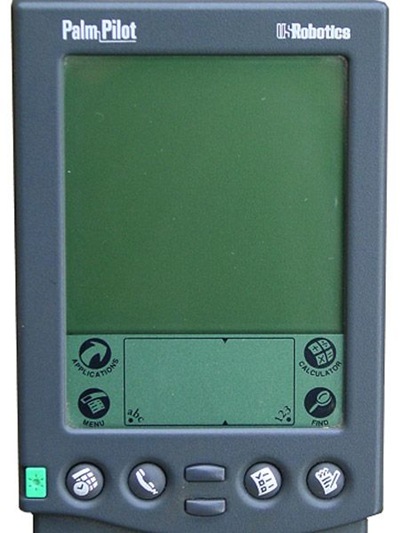
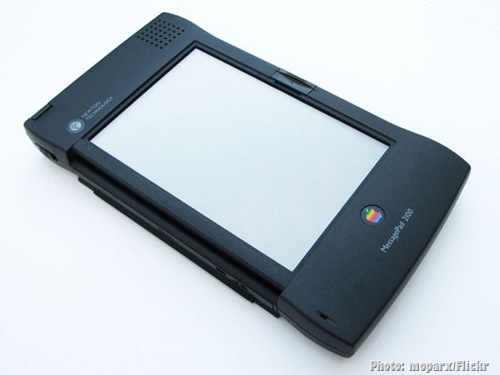
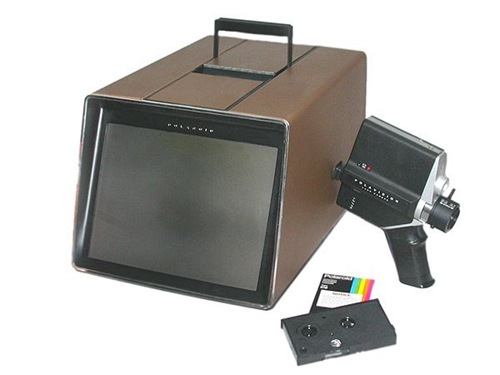
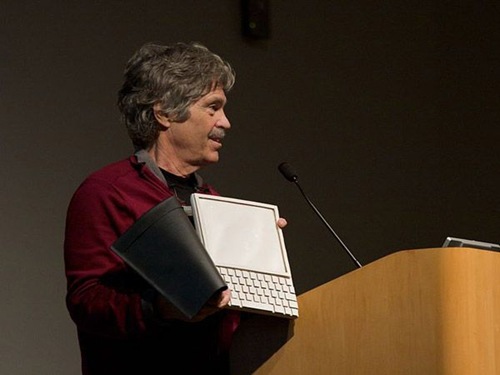
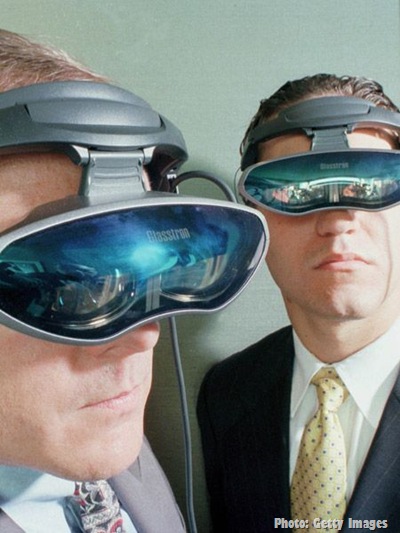
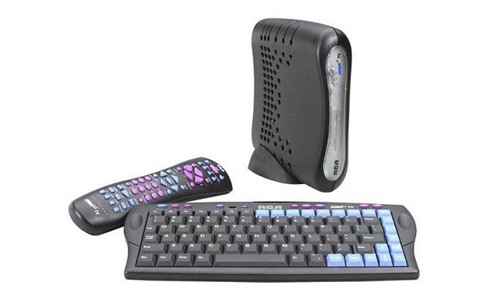
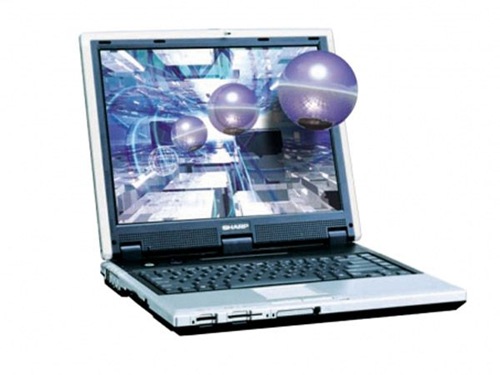
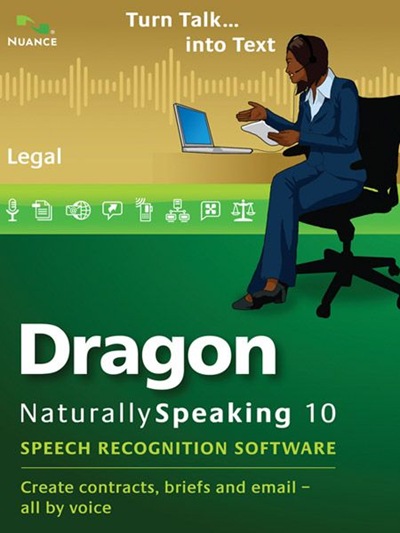
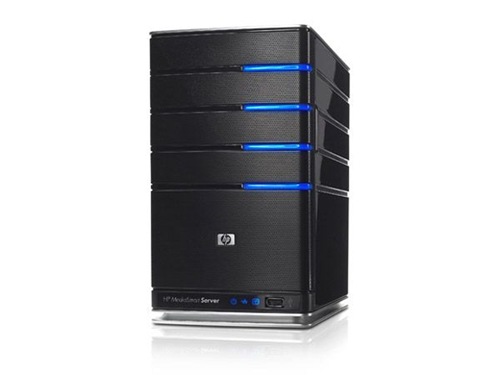

No comments:
Post a Comment
Please adhere to proper blog etiquette when posting your comments. This blog owner will exercise his absolution discretion in allowing or rejecting any comments that are deemed seditious, defamatory, libelous, racist, vulgar, insulting, and other remarks that exhibit similar characteristics. If you insist on using anonymous comments, please write your name or other IDs at the end of your message.